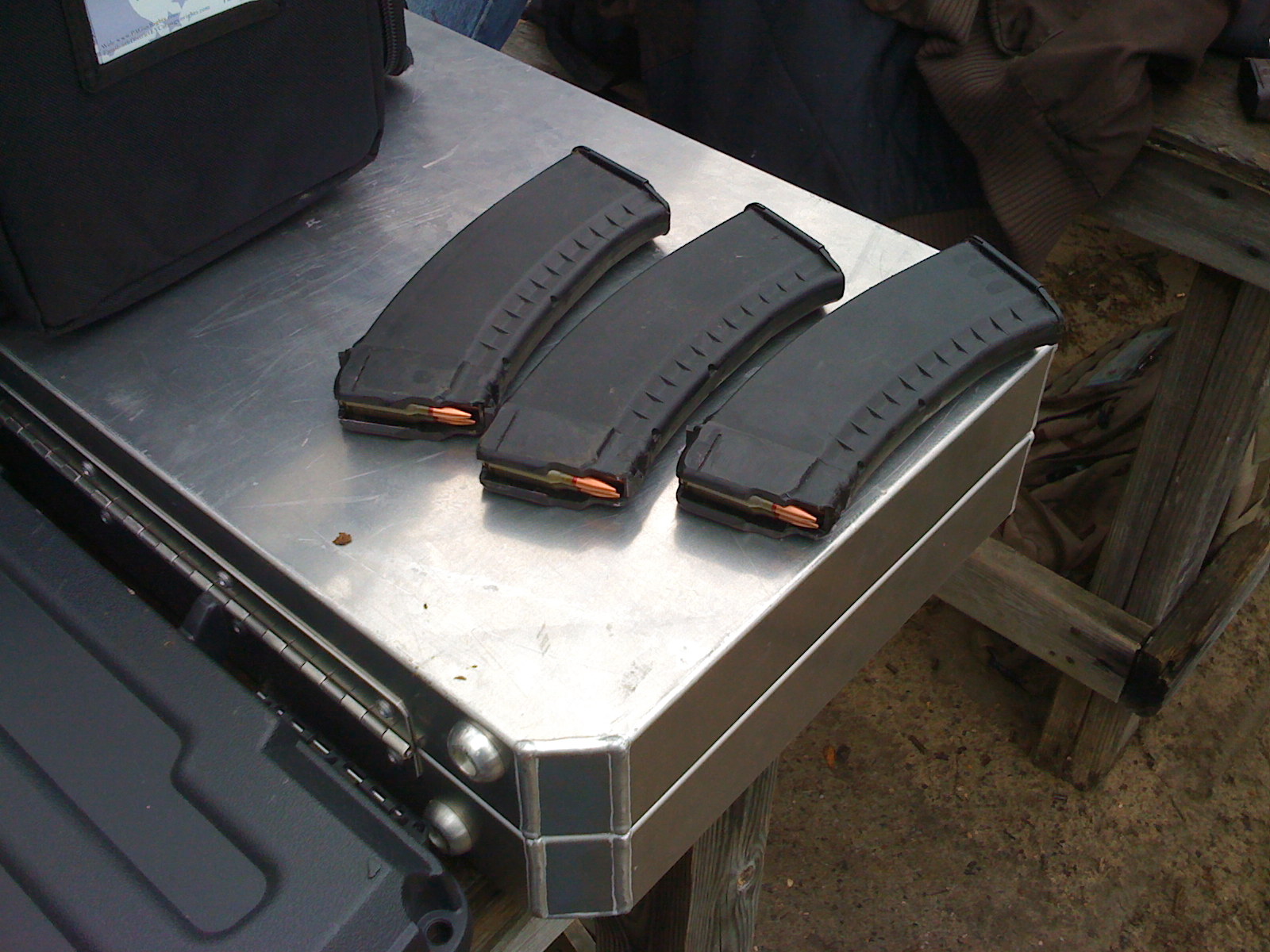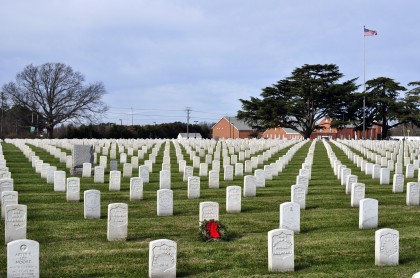I’ve finished with both my Civil War ancestors at the National Archives. I was really completely unprepared for how this whole thing was going to work, so I thought I might share some tips of anyone else decides to do some research there.
- You can bring your own flatbed scanner. I knew this ahead of time, so I brought mine. But a lot of documents are larger than the standard 8.5×11, so a standard consumer scanner meant for modern documents will fall short. If you can afford it, take a large format flat bed. The Archives does have one, but it’s usually being used by someone else.
- Be well hydrated ahead of time. They don’t allow any food or drink in the research room for obvious reasons, and it’s warm and dry. I was nearly ready to swill straight out of the Potomac by the time I got done.
- Don’t bring any more equipment than you can carry in. They do provide carts if you absolutely can’t carry your scan-o-magic 8000 deluxe, but everything is searched going in and out. No bags, or anything you can stuff anything into. They don’t check your pants though, so Sandy Berger is still good.
- The archives provides free locker space, but bring a quarter for the key slot. They also have a cafeteria.
- The research room is under guard and heavy surveillance. It’s pretty safe to leave your stuff and go catch a break.
- Bring a power strip. They have plugs under the desks, but one is occupied by your desk lamp. I chose to go without the desk lamp.
- Civil War pension files tend to be much much larger than you would expect. It took a good solid two hours to scan each one, though I have an 8.5×11 scanner, so I had to do a lot of shifting of larger documents to capture everything.
- The Archive staff are incredibly helpful and nice.
- It’s really easy to get a researchers badge. Basically follow a power point presentation on how not to destroy history, and on how they do things, and it’s yours. Pay attention though because they explain how you request and check out documents.
I was really surprised. It’s interesting to hold original documents that your 3x great grandfather wrote by hand in ink. Because the Archives stores these documents under pretty ideal conditions, 150 year old documents look better than some of my family documents from the 1950s and 60s.
And just for those anti-gunners that act like no gun ever killed someone before Satan invented the semi-automatic firearm and marketed to paranoid gun nuts, reading the description of what happened to my 3rd great-grandfather at Antietam was pretty horrific. I’d like to see someone tell him that those old muskets weren’t fine killing machines.
First, the mini ball blew his right thumb clean off. Then it entered his chest about 4 inches below the nipple. It blew one of his ribs apart. According to one surgeon’s report, the ball passed between his lung and liver, and exited near his spinal column. Another later physicians report said the lung had been shot through, because he later received a pension increase for that wound due to breathing issues. I would think shot through the lung would be fatal back then, but maybe his lung was nonetheless still damaged. I’m sure there were bits of rib floating around in his body.



